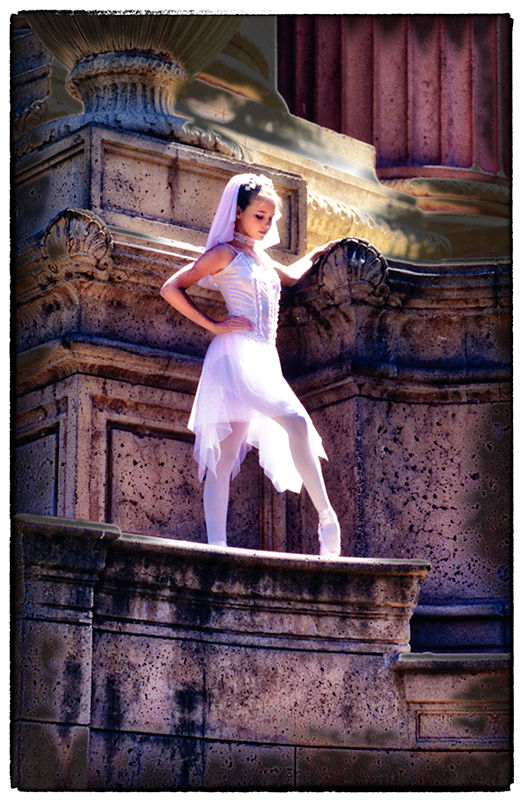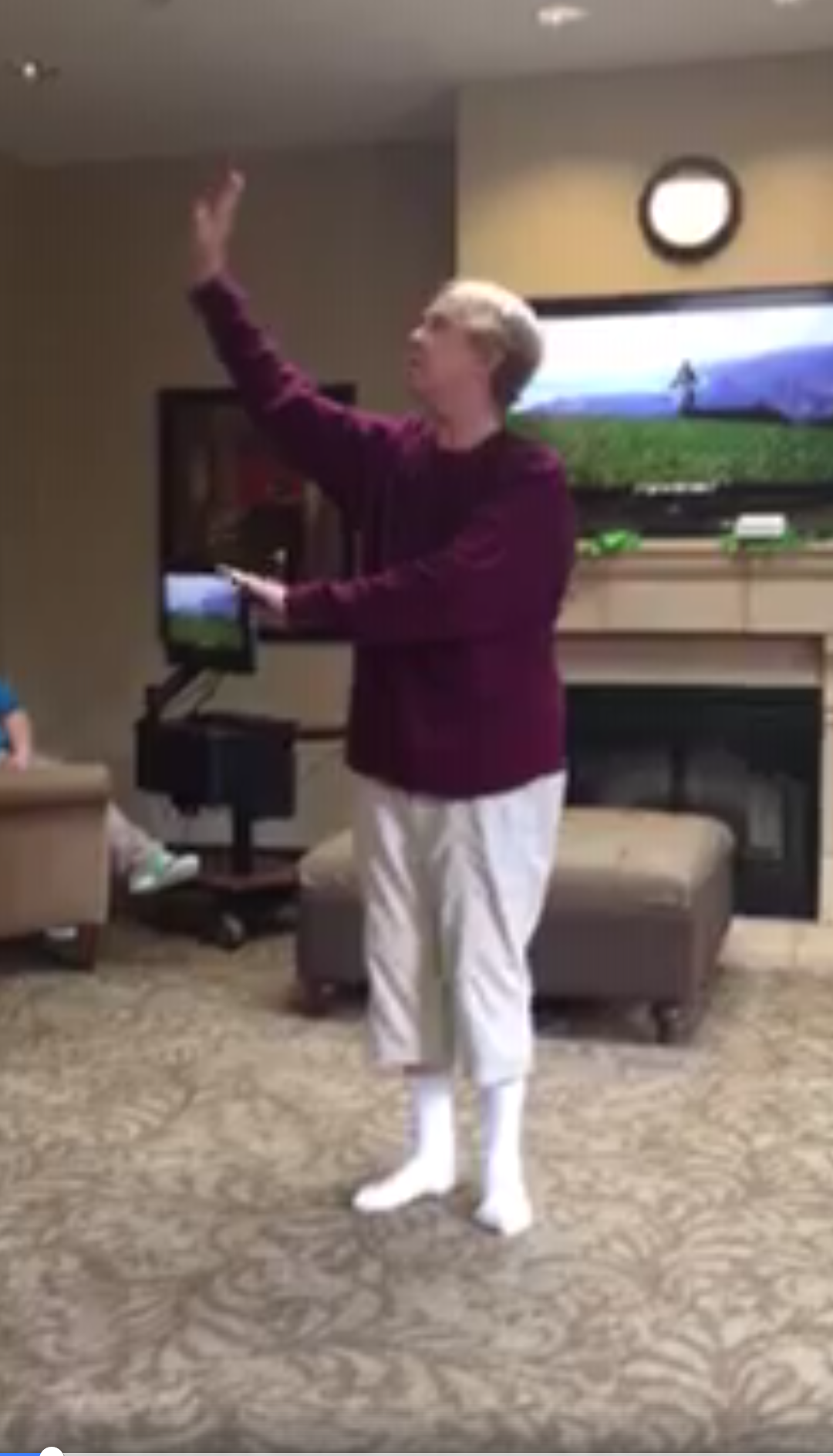When I left Room 6 at Cardinal Newman HS in 1980 I had hoped that I could find a way to make a living in photography. I had three more months of my yearly salary of $14,000 coming to pay the summer’s bills—the mortgage, food, and the care of three children. I had nothing in savings, and the three months I had off from school represented my first opportunity to find work that could sustain us.
I had two irons in the fire, though. The first was the senior portrait contract for Cardinal Newman and Ursuline High Schools. I was able to persuade Bill Finn, the principal of Cardinal Newman, to grant me the opportunity to photograph the upcoming senior class. Although I had no studio at that time, no lights, and little experience, I was able to turn window light at the school in one of the rooms into something that would allow me to make passable images.
The second iron never went into the fire. Bob Moratto, a real estate mogul and parent, proposed to pay Jadyne and me salaries for five years while we mucked around trying to find a way to make an income. At the end of those five years we could have the business appraised, and we could buy him out for half. Five years of salaries and security were a welcome invitation, but after my attorney friend John Kemp wrote a twenty-two page partnership agreement I took it to Bob, thanked him, and told him that I couldn’t accept it. If I did, I knew, I never would have known if I could have made it myself. So, I threw that iron away.
This left me struggling for ways to make a living. I had a couple of weddings on the books. I photographed a corpse for a mother who had no photographs of her son. I did a real estate brochure for which I had to go to small claims court to get paid. I imagined that I could take my best art images, frame them, then sell them to interior designers or furniture stores. I applied to work for Larry Simons, a Santa Rosa architect whose work I admired. I failed miserably at everything. I have said many times that “if I knew how little I knew I never would have tried at all.” I wasn’t desperate. Yet.
But one thing did work for me. Through a connection I discovered that Judi Allum, a woman who ran a ballet school in San Leandro, a former dancer herself with the San Francisco Ballet, was looking for someone to photograph her students. I got the job. By then I had lights and a long roll camera back. I knew how to take strobe light readings, and although I had no experience with ballet, I was only required to push a button once Miss Judi had posed the girls correctly. We spent two weekends in her studio, photographing little girls. I bought a giant wicker peacock chair as a prop. Miss Judy did all the rest. We were both pleased with the results.
But Miss Judi had other plans. For the better dancers, the more experienced girls, the ones who might have a future in ballet, Miss Judi wanted to take them outside and have me photograph them in a place where they would look so pretty—gardens, the Palace of Fine Arts, places in and around San Francisco where the costumes, the poses, and the attractive girls could show off.
I had a different idea. Beautiful flowers wouldn’t set off the beauty of the dancers. But junkyards do. I was looking for contrast. I tried to think of places to photograph the girls where the sets were at the opposite end of the beauty spectrum. My first stop was Fort Point, a Civil War fort underneath the south tower of the Golden Gate Bridge. It was there that I took Denise.
Fifteen seconds later the sunlight flooded the area, and the image would have been lost.
I loved this image. I thought that Miss Judi would love it, too. When I showed her the 4x5 proofs of all the photographs I had taken that day she passed it up in a split-second. I was puzzled. " I really like this image," I said. "Don't you?" She said, "She's on flat". Ballerinas, I learned, only look like ballerinas when they're on point. I understood. I also knew that it was a fabulous image regardless, and I submitted it to a magazine sponsored photo contest with a grand prize of a trip to Hawaii. I won. And we arrived in Honolulu one day before the biggest hurricane in fifty years. The magazine folded with that issue. But that's another story.
I did take the girls to the Palace of Fine Arts, built for the San Francisco 1919 Exhibition. Here's an image from that shoot.
The girls were game for anything I wanted them to do. Judy, more reluctant at first, obliged.
The next year I discovered that an MGM movie location scout had built an entire Western village on his property near Sebastopol. He had filled it with movie memorabilia that he had collected over decades of work. Here are Denise and Jeannette with the wagon that Clark Gable drove Vivien Leigh in in "Gone With the Wind."
Not your traditional ballet image.
I kept thinking about contrasts. My last images (and alas, I saved none with the girls) were taken in a blacksmith's shop in San Francisco. If I didn't save the images of the ballerinas, I had enough sense to photograph the blacksmith himself.
Where would I have gone next? A Hell's Angels rally? I ran out of gas. By this time my business was thriving, and I left Miss Judi's employ and Los Ayres, her studio. Photographing the dancers away from the artifice of lights and backgrounds gave me a much needed foundation for location portraiture.
It''s been almost forty years. Los Ayres is closed. Denise, the dancer in the archway, is nearing 60. Miss Judi, 74, has remarried and lives in San Ramon. And me? I'm using this blog to send Father Finn, Bob Moratto, and Miss Judi belated thank yous for believing in me.
One Year Later.
February 25, 2019. Monday afternoon. On Thursday I received a text through Facebook from one of the dancers. She said that Judi’s memory had left her, that she’d had several falls, and that she spent the last couple of years in a memory care unit. Judi died Friday morning, and her son put up a FB post in her name. Former students have put up both testimonials to Miss Judi and photographs of themselves in costume. Her son Michael posted a three minute video of Miss Judi taken last year in the memory care unit. As patients walked by in their walkers and wheelchairs Miss Judi watched Julie Andrews in The Sound of Music. And as the story unfolded on the television Miss Judi did what she had done all her life. She danced.
Once a dancer…
March 17th. Yesterday was the memorial service for Miss Judi, a two hour event at the Crosswinds Church in Livermore, punctuated by videos, testimonials, and tears.
Handing out programs
A commemorative dance
The program. For me it was coming full circle.
The three people who made it possible for me to succeed in photography, Fr. Bill Finn, Bob Moratto, and now Judi Allum, have all passed.









